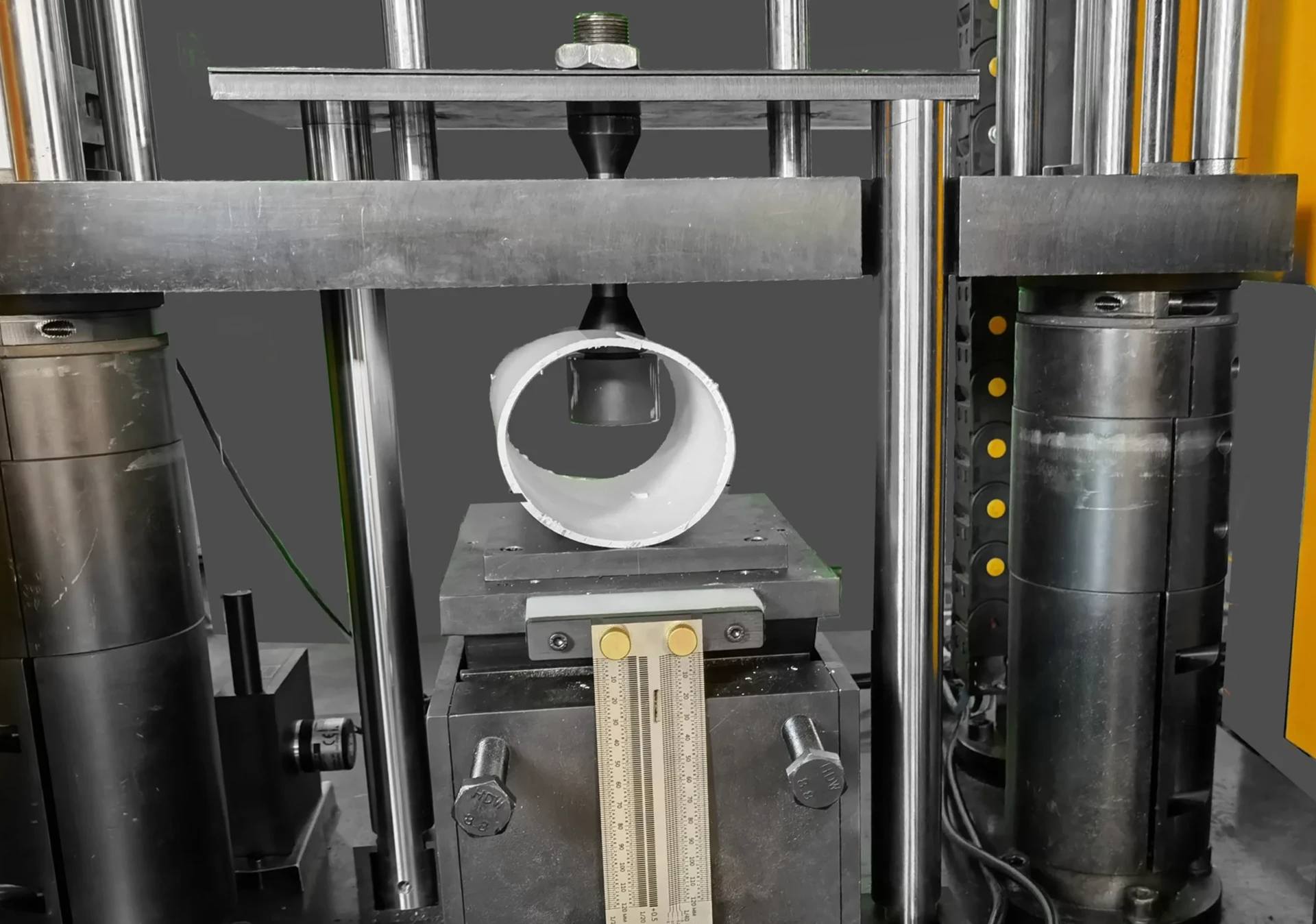ASTM D3332 Drop Height Determination Test
The ASTM D3332 Drop Height Determination Test is a critical procedure used to evaluate the drop resistance of packaging materials and components. This test determines the maximum height from which an object can be dropped onto a specified surface without sustaining damage that affects its intended function or performance.
This testing method is essential for industries such as pharmaceuticals, electronics, food & beverage, and consumer goods where product safety and integrity are paramount. The test ensures that packaging materials withstand the impact forces encountered during handling, shipping, and storage, thereby protecting the contained products from damage.
The ASTM D3332 standard specifies a range of drop heights for different types of containers or packages. It provides guidance on selecting appropriate parameters based on the size and weight of the package being tested. Proper preparation involves ensuring that the specimen is representative of real-world conditions, including any internal packaging or contents.
The test setup typically includes a drop tower or similar apparatus capable of precisely controlling the height from which the sample is dropped. The apparatus must also be capable of measuring the impact force accurately and recording data for analysis. Compliance with this standard ensures that testing results are reliable and repeatable, providing confidence in the packaging's ability to protect its contents.
Understanding the requirements outlined in ASTM D3332 helps quality managers and compliance officers ensure that their products meet regulatory standards and customer expectations. By incorporating these tests into their development processes, R&D engineers can optimize package design for enhanced protection without adding unnecessary weight or cost. Procurement teams can leverage this information to source high-quality materials and components from reliable suppliers.
To perform ASTM D3332 testing effectively, it is crucial to follow all prescribed steps meticulously. This includes selecting the correct drop height based on the container size, ensuring proper alignment of the sample within the test apparatus, and using appropriate safety protocols to prevent accidents during testing.
Applied Standards
The ASTM D3332 Drop Height Determination Test is part of a broader set of standards designed to ensure product quality and safety. Some key related standards include:
- ASTM D4272-18: Standard Practice for Conditioning Packages and Packaging Components for Testing.
- ISO 22536:2006: Plastics - Determination of Drop Impact Resistance by Means of a Pendulum Tester.
- EN 12947-1:2018: Packaging and packaging waste - Determination of drop impact resistance using pendulum tester for rigid containers.
These standards provide comprehensive guidelines on various aspects of packaging testing, from specimen preparation to data analysis. Compliance with these international norms helps manufacturers and suppliers demonstrate their commitment to quality and safety, building trust among customers and regulatory bodies alike.
Benefits
- Enhanced Product Protection: By determining the optimal drop height for different types of packaging materials, businesses can ensure that their products remain undamaged during transit or handling.
- Risk Mitigation: Identifying potential weaknesses in packaging early on allows companies to address issues before they become costly problems later in the supply chain.
- Regulatory Compliance: Adherence to recognized industry standards like ASTM D3332 ensures that products meet regulatory requirements, reducing the risk of non-compliance penalties.
- Informed Decision-Making: Accurate test results provide valuable insights into package performance, enabling informed decisions about material selection and design improvements.
The ability to precisely determine drop heights through ASTM D3332 testing contributes significantly to improving overall product quality and customer satisfaction. It also supports continuous improvement efforts aimed at enhancing durability and reliability across various industries.
Use Cases and Application Examples
The ASTM D3332 Drop Height Determination Test finds extensive application in diverse sectors including pharmaceuticals, electronics, food & beverage, and consumer goods. Here are some specific use cases:
- Packaging for Medicines: Ensuring that blister packs or vials withstand the rigors of shipping ensures patient safety.
- Electronic Devices: Protecting fragile components like smartphones or laptops from damage during transport enhances user experience.
- Fresh Produce: Guaranteeing that produce packaging can handle rough handling without compromising freshness prolongs shelf life and reduces spoilage rates.
- Toys & Games: Ensuring that toy boxes or game cases protect contents from accidental impacts minimizes recalls and maintains brand reputation.
In each case, the goal is to balance protection with practicality—packaging must effectively shield its contents while remaining lightweight and cost-effective. Through rigorous testing like ASTM D3332, manufacturers can achieve this delicate equilibrium, creating safer, more reliable products for consumers worldwide.





